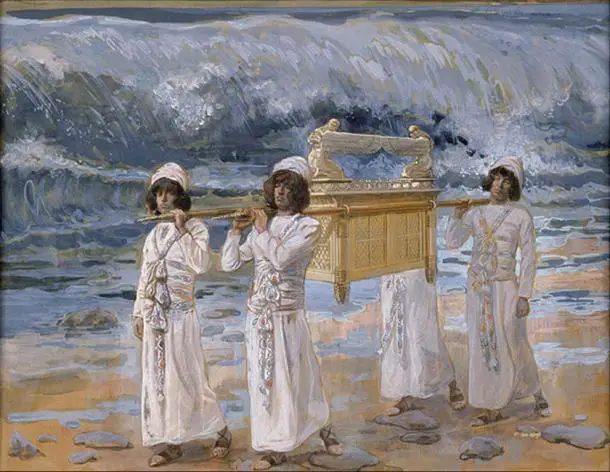Prostitute”, “Whore”, and “Harlot” redirect here. For the 1967 French film, see The Oldest Profession. Male prostitutes usually require an ability to maintain an erection. Prostitution is the russian brides apk or practice of engaging in sexual activity in exchange for payment.
Prostitute is derived from the Latin prostituta. Some sources cite the verb as a composition of “pro” meaning “up front” or “forward” and “stituere”, defined as “to offer up for sale”. The word prostitute was then carried down through various languages to the present-day Western society. Most sex worker activists groups reject the word prostitute and since the late 1970s have used the term sex worker instead. A variety of terms are used for those who engage in prostitution, some of which distinguish between different types of prostitution or imply a value judgment about them.
More formally, one who is said to practice procuring is a procurer, or procuress. Clients of prostitutes, most often men by prevalence, are sometimes known as johns or tricks in North America and punters in the British Isles. These slang terms are used among both prostitutes and law enforcement for persons who solicit prostitutes. Female clients of prostitutes are sometimes referred to as janes or sugar mamas.


The word “prostitution” can also be used metaphorically to mean debasing oneself or working towards an unworthy cause or “selling out”. In this sense, “prostituting oneself” or “whoring oneself” the services or acts performed are typically not sexual. The prostitution metaphor, “traditionally used to signify political inconstancy, unreliability, fickleness, a lack of firm values and integrity, and venality, has long been a staple of Russian political rhetoric. Besides targeting political figures, the term is used in relation to organizations and even small countries, which “have no choice but to sell themselves”, because their voice in world affairs is insignificant. In 2007, a Russian caricature depicted the Baltic states as three “ladies of the night”, “vying for the attentions of Uncle Sam, since the Russian client has run out of money”. Usage of the “political prostitute” moniker is by no means unique to Russian political lexicon, such as when a Huffington Post contributor expressed the opinion that Donald Trump was “prostituting himself to feed his ego and gain power” when he ran for President of the United States.
Sex work researcher and writer Gail Pheterson writes that these metaphorical usages exist because “the term “prostitute” gradually took on a Christian moralist tradition, as being synonymous with debasement of oneself or of others for the purpose of ill-gotten gains”. As early as the 18th century BC, ancient Mesopotamia recognized the need to protect women’s property rights. In the Code of Hammurabi, provisions were found that addressed inheritance rights of women, including female prostitutes. According to Zohar and the Alphabet of Ben Sira, there were four angels of sacred prostitution, who mated with archangel Samael. Both women and boys engaged in prostitution in ancient Greece.
Female prostitutes could be independent and sometimes influential women. They were required to wear distinctive dresses and had to pay taxes. Prostitution in ancient Rome was legal, public, and widespread. A registered prostitute was called a meretrix while the unregistered one fell under the broad category prostibulae. According to Shia Muslims, Muhammad sanctioned fixed-term marriage—muta’a in Iraq and sigheh in Iran—which has instead been used as a legitimizing cover for sex workers, in a culture where prostitution is otherwise forbidden. Recruited from the ranks of colonized ethnic groups, köçeks were entertainers and sex workers in the Ottoman Empire. French prostitutes being taken to the police station.
In the early 17th century, there was widespread male and female prostitution throughout the cities of Kyoto, Edo, and Osaka, Japan. Oiran were courtesans in Japan during the Edo period. To entertain their clients, oiran practiced the arts of dance, music, poetry, and calligraphy as well as sexual services, and an educated wit was considered essential for sophisticated conversation. Many became celebrities of their times outside the pleasure districts. Their art and fashions often set trends among wealthy women. The last recorded oiran was in 1761.





